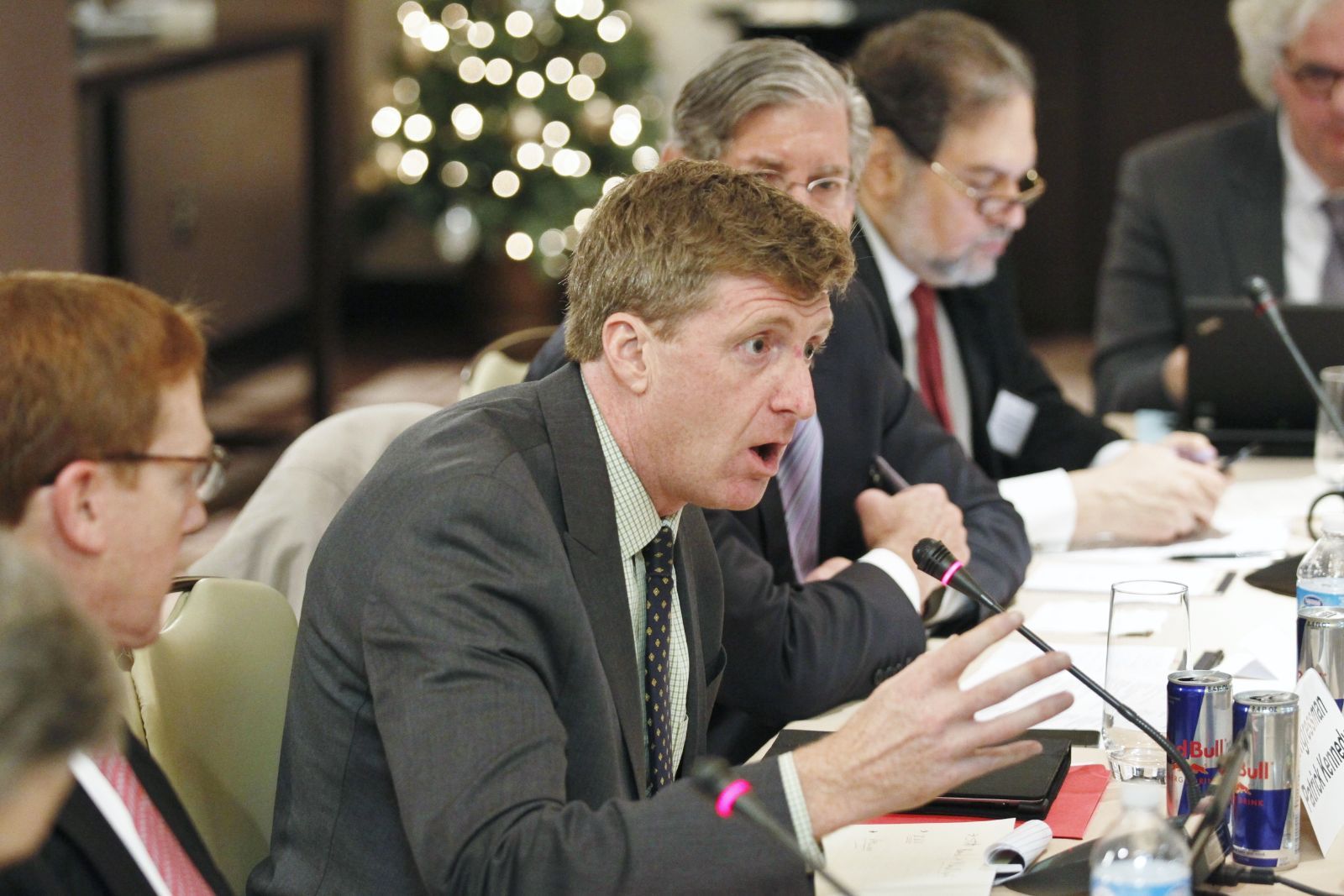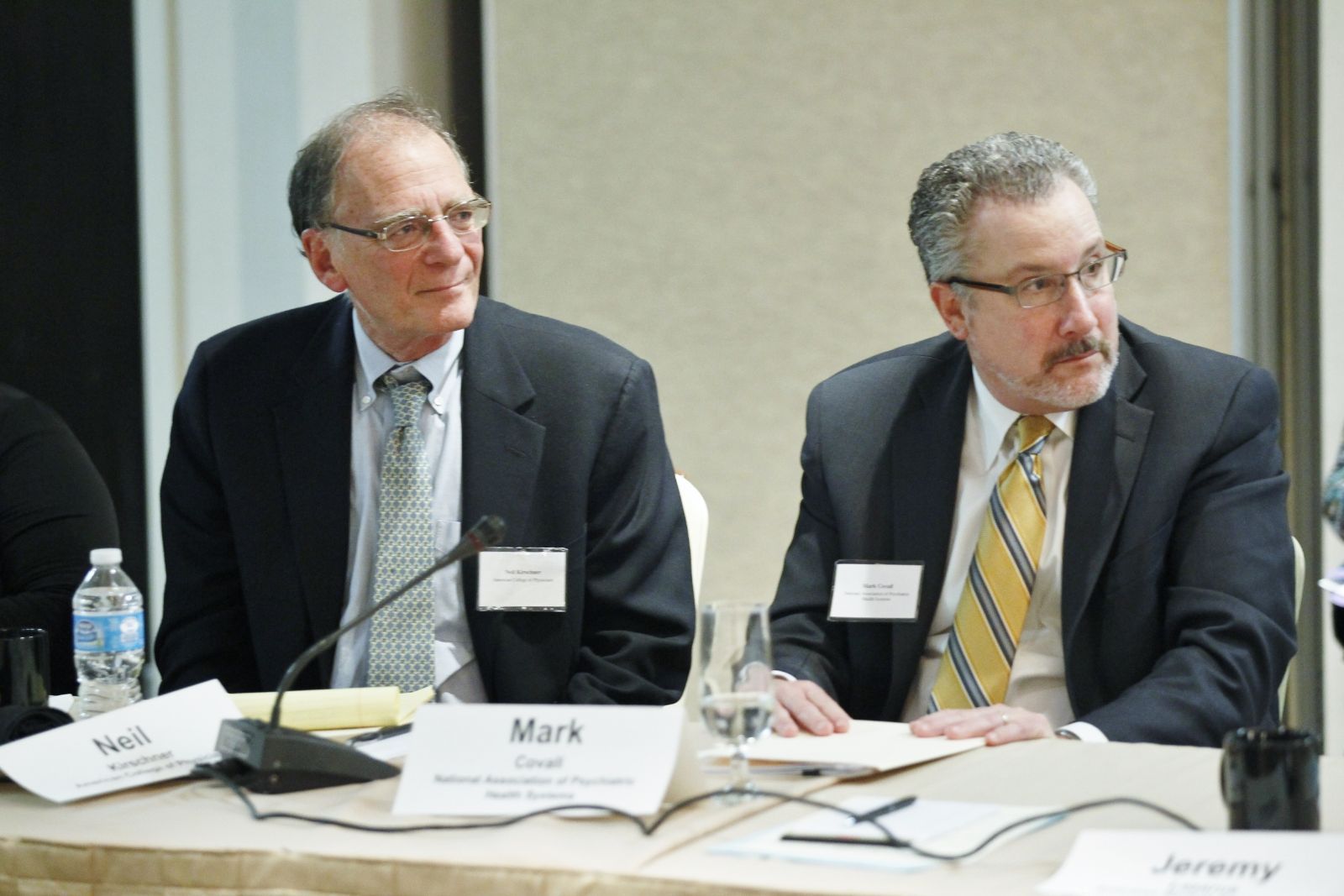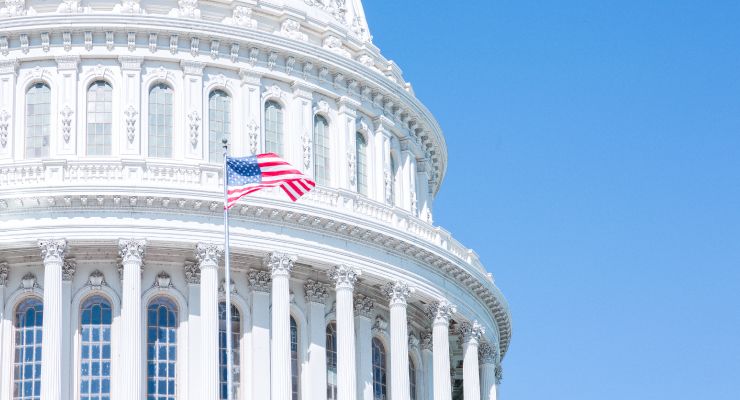Parity
The promise of parity remains unfulfilled. Although the Paul Wellstone and Pete Domenici Mental Health Parity and Addiction Equity Act became law in 2008, Americans have yet to see full parity between behavioral and physical healthcare. As one example, Medicare Advantage plans are exempted from this vital parity law. Further, the Wit v. United Behavioral Health case shows that the nation’s health plans continue to use substandard MH and SUD treatment criteria to deny medically necessary care.
NABH Advocacy Steps
- NABH’s Managed Care Committee is harnessing the nationwide footprint of NABH’s membership to identify the scope of parity challenges, detail how the lack of true parity harms those most in need of treatment, and develop practical solutions to remedy this unjustifiable crisis.
- NABH supports legislation to provide civil monetary penalty authority and increased appropriations to the U.S. Labor Department to improve enforcing parity requirements.
- NABH advocates for Medicare to provide coverage of all levels of care for individuals with SUD.
- NABH led the effort to submit multiple amicus briefs on the Wit case, a challenge to United Healthcare’s practice of applying overly narrow medical necessity criteria, rather than adopting transparent guidelines based on generally accepted standards of care.


VICTORY! Federal law (the Paul Wellstone and Pete Domenici Mental Health Parity and Addiction Equity Act of 2008) now addresses longstanding discrimination against those who rely on their health plans for coverage of mental and addictive disorders. And a final rule was issued November 8, 2013. The law:
- extends equal coverage to an estimated 113 million Americans who work for employers with 51 employees or more;
- for the first time, this includes workers in companies that are self-insured;
- establishes visit and day limits that cannot be more restrictive than those for medical/surgical services;
- establishes copays and deductibles that cannot be more restrictive than those for medical/surgical services;
- requires that if a health plan offers out-of-network coverage, it must also include out-of-network parity for mental health;
- establishes a floor, but state parity laws can go beyond the federal law;
- allows management of the benefit; and
- becomes effective one year after enactment (effective October 2009)
Mental health parity has won unprecedented support from consumers, providers, hospitals, employers, and health insurers. With millions of Americans experiencing psychiatric and addictive conditions, having coverage that is on par with that of other medical conditions is a win for America.
Mental health parity:
- Saves lives. Mental illnesses constitute the second leading cause of disability and premature death in the United States. As the President’s New Freedom Commission on Mental Health noted, however, about one out of every two people who needs mental health treatment in this country does not receive it.
- Saves money. Providing equal coverage for all illnesses makes good economic sense. When mental illnesses go untreated, costs begin to escalate.
- Is cost-effective. Providing parity for mental illnesses is affordable. Research and actual industry experiences indicate that parity can be implemented without substantially increasing premiums. Studies have concluded that parity would increase premiums less than 2%.
- Is fair. Mental health parity is the right thing to do. Mental health parity is a win for America!
NABH was a founding member of the Coalition for Fairness in Mental Illness Coverage, which helped to win passage of this landmark legislation.
Today NABH serves as a Steering Committee member of the Parity Implementation Coalition.
NABH is working with Congress and federal agencies to implement and clarify the federal parity regulations. The association is also working to end remaining vestiges of discrimination, including eliminating the Medicare 190-day lifetime limit.
Learn about how NABH is working on scope-of-service issues.
Parity provisions are included in the 21st Century Cures Act, which was signed into law (P.L.114-255) on December 13, 2016.
Labor, Treasury, & HHS FAQs on parity disclosure (and more) issued 4.20.16 (See Q8-Q11 on parity disclosure)
Final rule on application of parity to Medicaid and CHIP (published in the 3.30.16 Federal Register). Also see a fact sheet and FAQs.
Final rule on parity (published in the 11.13.13 Federal Register).
Parity Implementation Coalition: Detailed summary of parity final rule
Final rule governing the federal menal health and substance use parity law adds important health insurance protections for all Americans, says NABH.
Parity Implementation Coalition.
KEY RESOURCE: See PIC’s “Parity Resource Guide for Addiction & Mental Health Consumers, Providers, and Advocates: Simplifying the Appeals Process: Strategies for Winning Disputes with Your Health Plan”
NABH release: “Americans support all levels of care for mental and addictive disorders, national internet survey finds.” View key findings.












